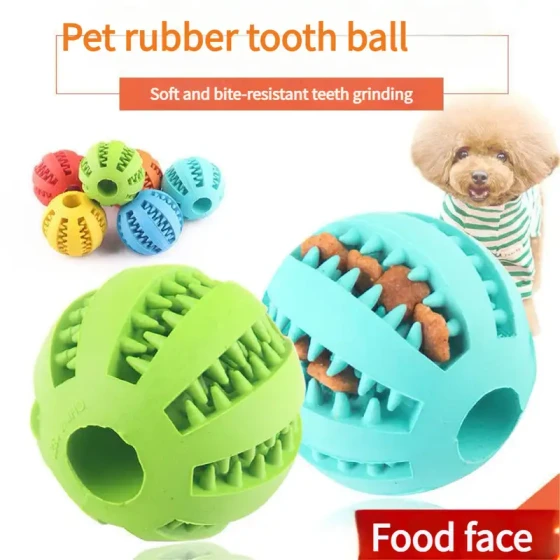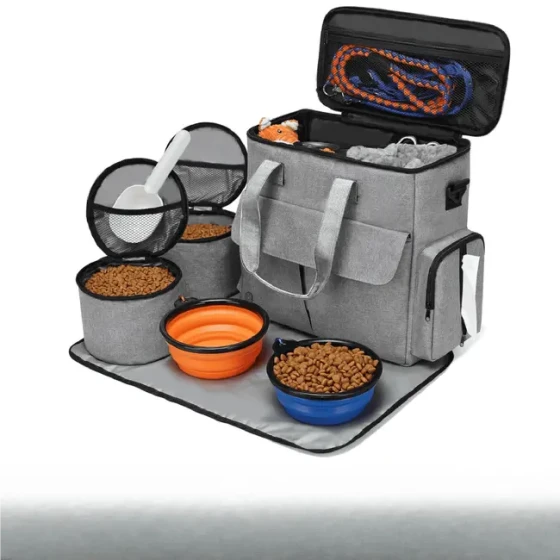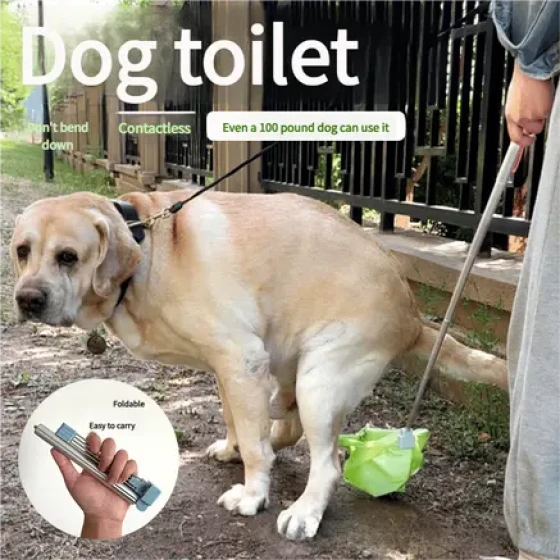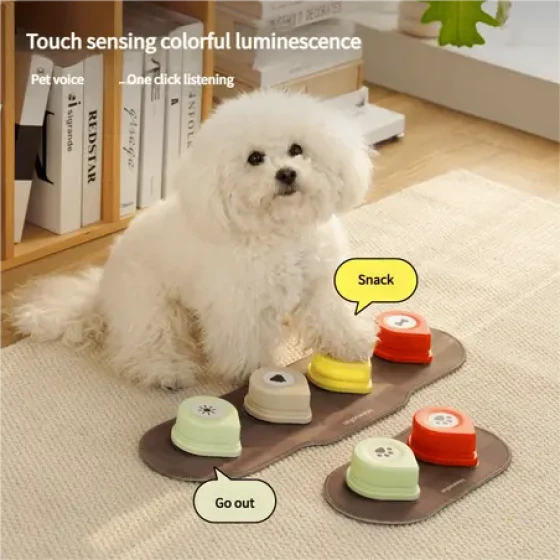Daily Care of Dog and Cat Ears
In the daily care of puppies and kittens, it is not only necessary to pay attention to hair care and nutritional supplementation, but more important and common diseases are ear canal diseases. Many owners wait until their dogs continuously shake their heads or keep rubbing their ears against the sofa or bed. More severe cases involve nearly nonstop scratching of the back part of the ear root with the hind paws, accompanied by uncomfortable or even howling sounds. Some owners only discover the problem when the pet’s ear has reached hematoma or purulent infection. So why do dogs and cats have these behaviors or diseases which we humans do not experience? How can we prevent and care for these? Let’s learn together.
There are many causes of ear canal diseases, commonly including bacterial infections, fungal infections, mite infections or mixed infections, increased internal humidity or temperature of the ear canal, excessive earwax formation, allergic reactions, endocrine disorders, abnormal keratinization, foreign body irritation, etc., all of which can cause ear canal diseases.

Golden Retriever Otitis Externa

Ear Mite Under Microscope
1. For healthy erect-eared dogs and cats, such as Huskies, Samoyeds, German Shepherds, Corgis, etc., check the ear canal at least weekly for foreign bodies and use gentle ear oils or cleaning solutions to help clean (cleaners should avoid high alcohol content, as these are for treatment only and not for prevention). Prevention is better than cure.
2. For droopy-eared dogs, such as Pekingese, Pugs, Labradors, Golden Retrievers, Springers, Beagles, and Bassets, whose ear canals are not easily ventilated, owners must often check and clean the ear canals. Additionally, when the dog is sleeping, help gently lift the ears to expose the ear canal and allow it to breathe freely, which is an effective way to prevent ear diseases.
3. For dogs with excessive ear hair, such as Toy Poodles, Bichons, Schnauzers, Yorkshires, etc., from one and a half months old, they should be accustomed to finger touching. Lift the ears, drop in ear hair removal powder, gently massage the ear root to evenly apply it, and after ten minutes, remove the ear hair until clean. Then use ear oil or similar cleaning agents. Pluck ear hair at least once a month and clean the ear canal at least twice a week.
4. For dogs or cats with abnormal secretions or odor in the ear canal, first ask the doctor to help examine and test to determine the cause (all causes mentioned above should be considered), then treat accordingly and use appropriate cleaning methods as noted. Owners must not arbitrarily medicate at home to avoid severe drug resistance or serious ear canal hyperplasia. A good veterinarian will help owners clean the ear canals timely and take the best treatment plan, saving time and providing suitable advice for your pet.
5. Severe otitis externa: If you find your pet’s ear is painful to touch or has purulent discharge, go to the hospital for examination and diagnosis. Diagnosis is not complicated, but treatment can be complex. Owners should not neglect or be careless. The doctor will address long-standing factors, remove dirt, and use technical lavage to eliminate inflammation and infection.
Pet owners cleaning pet ears at home can follow six steps: 1. Pour the product into the ear canal. 2. Massage the base of the ear. 3. Remove excess liquid not absorbed. 4. Let the pet shake its head freely. 5. Repeat cleaning once. 6. Use a cotton swab dipped in medication to carefully clean the ear canal without leaving blind spots (be sure to choose high-quality cotton swabs to prevent cotton heads from falling into the ear canal).

-560x560.webp)



